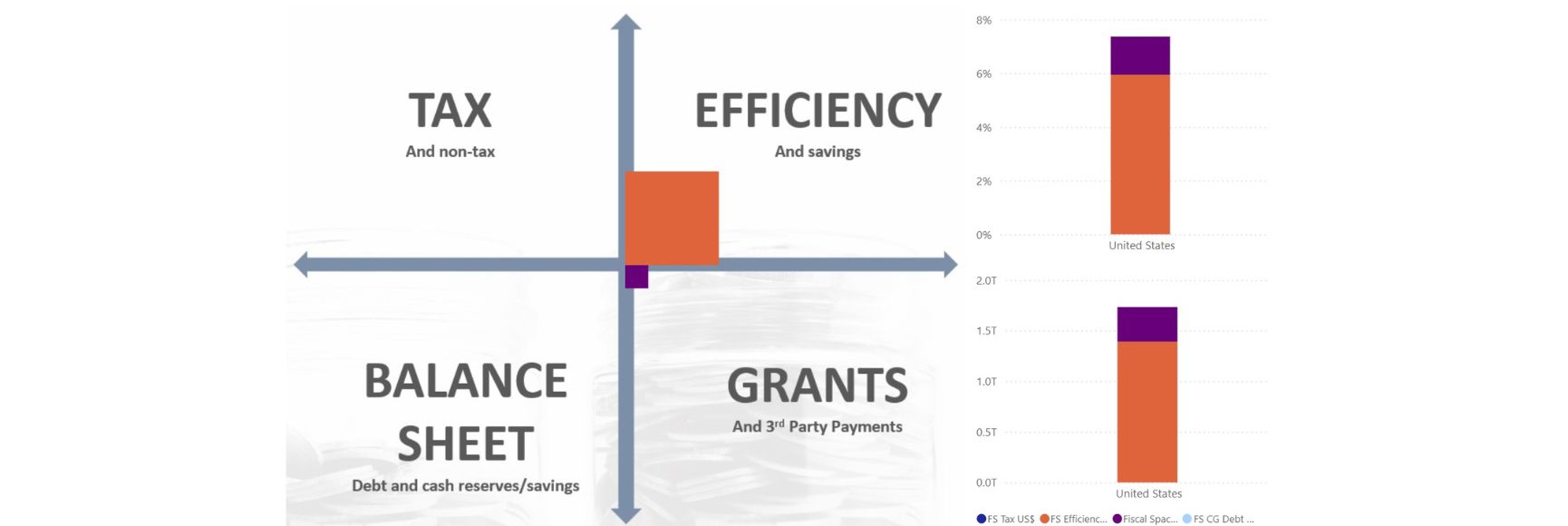Posted by Abdul Khan
The Austrian Constitution was amended in 2007 to enshrine four principles— outcome orientation, efficiency, transparency, and a ‘true and fair view’ of public finances— as the basis for a comprehensive reform of the federal government’s budgetary framework. A two-stage reform process was initiated under which a medium-term expenditure framework (MTEF) was introduced in 2009, which is to be followed by the implementation in 2013 of performance budgeting, lump-sum budget funding (for personnel, operating and transfer expenditure with full flexibility of transfers among these categories), a results-oriented management of state bodies, and accrual budgeting and accounting.
The MTEF incorporates four-year binding ceilings at the level of five ‘headings’, e.g., ‘General Government Affairs, Court and Security’, and ‘Education, Research, Art and Culture’. In addition, annual mandatory ceilings would apply at the more detailed chapter level, representing the different ministries’ portfolios. Ceilings can be fixed or variable. As a rough rule of thumb, about 80 percent of total expenditure is fixed in nominal terms and the remainder would have variable ceilings.
The performance budgeting system will incorporate outcomes at a highly aggregated level—each ministry is expected to have approximately five outcome objectives. Outcome objectives are achieved through activities—a term that may refer to outputs, projects or programs. In addition a ‘performance mandate’ would define the specific outputs to be delivered and may be viewed as a contract—albeit without any legal connotations—between the minister and his/her agency. Performance mandates and the specific outputs would not be published. Instead, the publicly available budget documents would focus on activities. The Austrian authorities have decided that, in order to avoid undue complexity and possible perverse incentives, appropriations would not be explicitly linked to particular outcomes or activities.
The explanatory material accompanying the bill to change the Constitution mentions, but does not mandate, accrual budgeting and accounting as a means to help achieve the objectives of providing a true and fair view of the public finances. The planned accrual budgeting model in Austria is broadly comparable to that of Switzerland. Fiscal policy will continue to focus on the deficit calculated in accordance with the European Convergence (or Maastricht) Criteria.
Both accrual based expenses and cash expenditure will be appropriated and subject to legal control. The cash and non-cash distinction is made mainly in relation to depreciation and provisions. In the case of other items the distinction is assumed not to be material, unless there is information to the contrary. The cash limit would include both operating and investing expenditure and the legal limit would apply at the aggregate level. Therefore, budget entities would have the flexibility to spend more on operating and less on investing activities and vice versa. Budget entities would also have the flexibility to carry forward any unspent cash appropriation indefinitely.
The Austrian government has also decided to follow International Public Sector Accounting Standards (IPSAS), which are referred to in the organic budget law, developed in 2009. The main departures from IPSAS would be in respect of the requirement to prepare consolidated financial statements of all controlled entities. The government initially intends to report government business enterprises under the equity method of accounting. This is intended to be a temporary departure from IPSAS 6, and full consolidation is envisaged in the future. The Austrian government also intends to account for tax revenue on a cash basis, which is a departure from IPSAS 23. Austria does not have an independent accounting standards-setting body. Instead, the ministry of finance sets accounting standards with the consent of the Court of Audit.
Note: The posts on the IMF PFM Blog should not be reported as representing the views of the IMF. The views expressed are those of the authors and do not necessarily represent those of the IMF or IMF policy.





